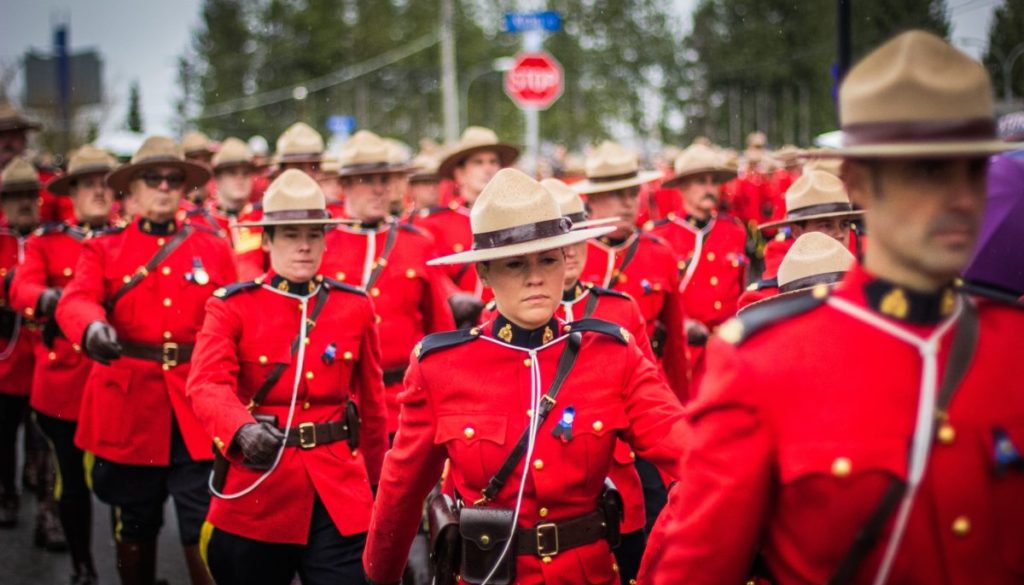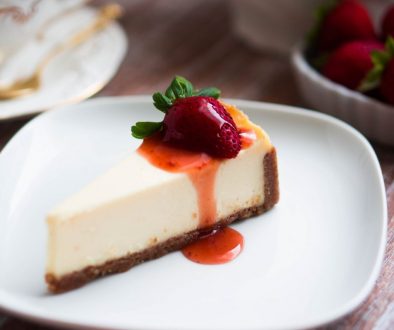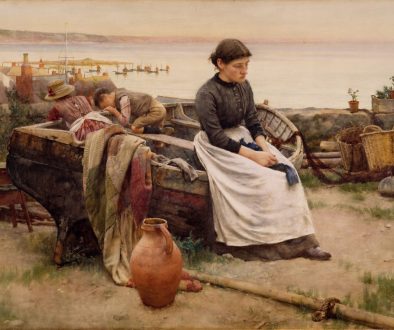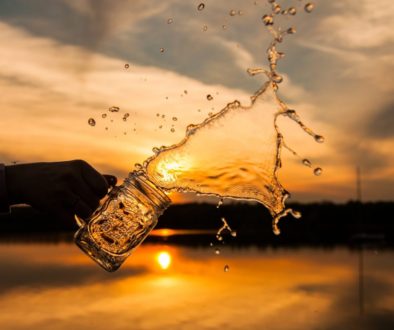Canadian Symbols
The Canadian Crown
- The Crown has been a symbol of the state in
Canada for 400 years.
- Canada has been a constitutional monarchy in its
own right since Confederation in 1867 during Queen Victoria’s reign.
- Queen Elizabeth II, who has been Queen of Canada
since 1952, marked her Golden Jubilee in 2002, and celebrates her Diamond
Jubilee (60 years as Sovereign) in 2012.
- The Crown is a symbol of government, including Parliament, the legislatures, the courts, police
services and the Canadian Forces.
Flags in Canada
- A new
Canadian flag was raised for the first time in 1965.
- The red-white-red
pattern comes from the flag of the Royal
Military College, Kingston, founded in 1876.
- Red and
white had been colours of France and England since the Middle Ages and the
national colours of Canada since 1921.
- The Union
Jack is our official Royal Flag.
- The Canadian
Red Ensign served as the Canadian flag for about 100 years.
- The maple leaf is Canada’s best-known symbol.
Maple leaves were adopted as a symbol by French
Canadians in the 1700s,
- The maple leaf has appeared on Canadian uniforms and insignia since the
1850s, and are carved into the headstones of our fallen soldiers buried
overseas and in Canada.
Coat of arms and motto
- As an expression of national pride after the
First World War, Canada adopted an official coat of arms and a national motto,
“A
mari usque ad mare”, which in Latin means “from sea to sea.”
- The arms contain symbols of England, France, Scotland and Ireland as well as red maple leaves.
- Today the arms can be seen on dollar bills, government documents and
public buildings
Parliament building
- The towers, arches, sculptures and stained glass
of the Parliament Buildings embody the French,
English and Aboriginal traditions and the Gothic Revival architecture
popular in the time of Queen Victoria.
- The buildings were completed in the 1860s.
- The Centre Block was destroyed by an accidental fire in 1916 and rebuilt in 1922.
- The Library
is the only part of the original building remaining.
- The Peace
Tower was completed in 1927 in memory of the First World War.
- The Memorial
Chamber within the Tower contains
the Books of Remembrance in which are written the names of soldiers,
sailors and airmen who died serving Canada in wars or while on duty.
- The Quebec National Assembly is built in the
French Second Empire style, while the legislatures of the other provinces are
Baroque, Romanesque and neoclassical, reflecting the Greco-Roman heritage of
Western civilization in which democracy originated.
Sports
- Hockey is Canada’s most popular spectator sport
and is considered to be the national winter sport.
- Ice
hockey was developed in Canada in the 1800s.
- The National Hockey League plays for the
championship Stanley Cup, donated by Lord Stanley, the Governor General, in
1892.
- The Clarkson Cup, established in 2005 by
Adrienne Clarkson, the 26th Governor General (and the first of Asian origin),
is awarded for women’s hockey.
- Canadian football is the second most popular
sport .
- Curling, an ice game introduced by Scottish
pioneers, is popular.
- Lacrosse,
an ancient sport first played by Aboriginals, is the official summer sport.
- Soccer has the most registered players of any
game in Canada.
The Beaver
- The beaver was adopted centuries ago as a symbol of the Hudson’s Bay Company.
- It became an emblem of the St. Jean Baptiste
Society, a French-Canadian patriotic association, in 1834, and was also adopted
by other groups.
- This industrious rodent can be seen on the five-cent coin, on the coats of arms of
Saskatchewan and Alberta, and of cities such as Montreal and Toronto.
National Anthem
- “O Canada”
was proclaimed as the national anthem in 1980.
- It was first sung in Québec City in 1880. French
and English Canadians sing different words to the national anthem
The Order of Canada
- After using British honours for many years,
Canada started its own honours system with the Order of Canada in 1967, the centennial of Confederation.
- The
Victoria Cross (V.C.) is the highest honour available to Canadians and is
awarded for the most conspicuous bravery, a daring or pre-eminent act of valour
or self-sacrifice, or extreme devotion to duty in the presence of the enemy.
- The V.C. has been awarded to 96 Canadians since 1854, including:
- Then Lieutenant
Alexander Roberts Dunn, born in present-day Toronto, served in the British
Army in the Charge of the Light Brigade at Balaclava (1854) in the Crimean War,
and was the first Canadian to be
awarded the Victoria Cross.
- Able
Seaman William Hall of Horton, Nova Scotia, whose parents were American
slaves, was the first black man to
be awarded the V.C. for his role in the Siege of Lucknow during the Indian
Rebellion of 1857.
- Corporal Filip Konowal, born in
Ukraine, showed exceptional courage in the Battle of Hill 70 in 1917, and
became the first member of the Canadian Corps not born in the British Empire to be awarded the V.C.
- Flying
ace Captain Billy Bishop, born in Owen Sound, Ontario, earned the V.C. in
the Royal Flying Corps during the First World War, and was later an honorary
Air Marshal of the Royal Canadian Air Force.
- Captain
Paul Triquet of Cabano, Quebec, earned the V.C. leading his men and a
handful of tanks in the attack on Casa Berardi in Italy in 1943 during the
Second World War, and was later a Brigadier.
- Lieutenant
Robert Hampton Gray, a navy pilot born in Trail, B.C., was killed while
bombing and sinking a Japanese warship in August 1945, a few days before the
end of the Second World War, and was the last
Canadian to receive the V.C. to date.
Share this post:
on Facebook
on LinkedIn



